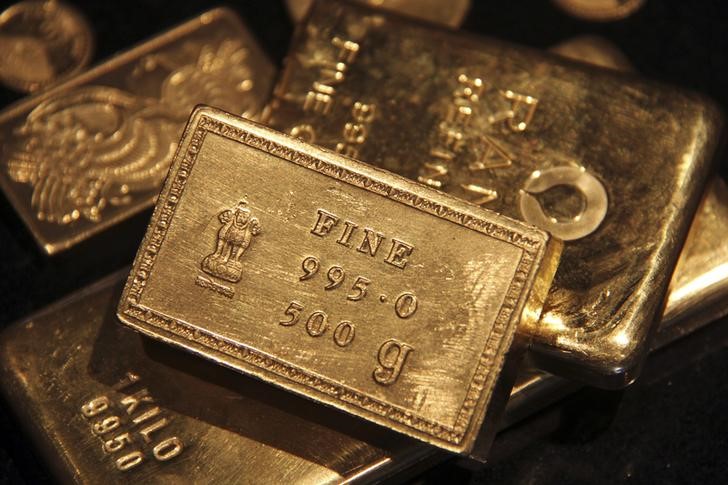Amidst a backdrop of market fluctuations and a weakening US dollar, investors are witnessing gold prices soar to a seven-month peak, signaling a strategic shift towards the precious metal in portfolios. The current economic environment, coupled with expectations of a policy shift by the Federal Reserve, has bolstered the appeal of gold. Recognized for its historical performance during inflationary times, gold is increasingly seen as an indispensable asset for preserving purchasing power, especially when interest rates remain low.
The rise in gold’s valuation is also being driven by heightened demand during India’s wedding season, further establishing its dual role as an inflation hedge and a safe-haven asset during economic or geopolitical uncertainty. This growth trajectory underscores the importance of diversifying investment portfolios with assets like gold to manage risks tied to market volatility and declining real bond yields.
Investors are considering various options to include gold in their portfolios, ranging from physical holdings to exchange-traded funds (ETFs) and bullion. Decisions on the extent of gold allocation are shaped by individual risk profiles and financial goals. The precious metal’s role in delivering inflation-adjusted returns and contributing to portfolio stability is becoming increasingly vital in the current economic landscape.
This article was generated with the support of AI and reviewed by an editor. For more information see our T&C.
Read the full article here





